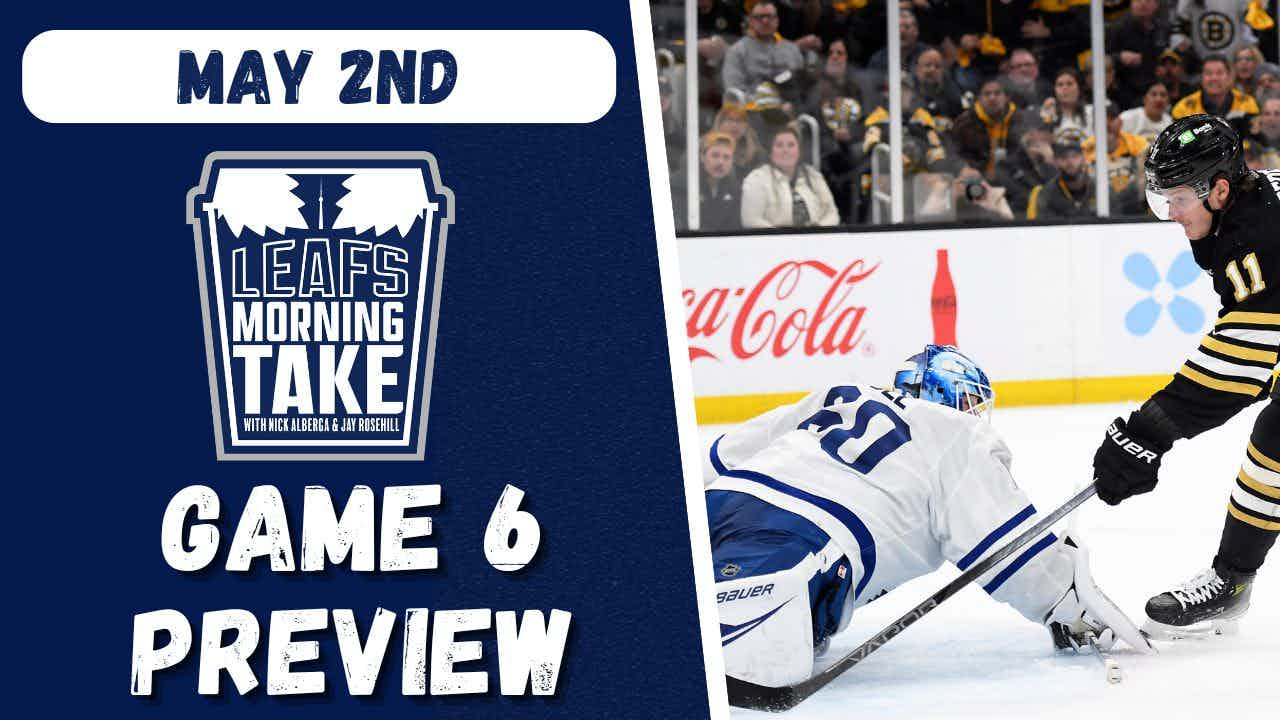Why the return of Dave Keon is a sign that the Leafs are headed in the right direction

Photo Credit: Tom Szczerbowski/USA TODAY Sports
Dave Keon stepped onto the ice of the Air Canada Centre with the daughters of Turk Broda and Tim Horton on Saturday night as part of the revealing of his Legends Row statue. It a rare appearance for him, and the first time that he’s come out to accept an individual accolade from the club. The crowd gave him a heroes welcome. He played along. It was a great moment.
In fact, maybe it was more than a great moment. To me, it’s a sign that, after decades of perceived (and often proven) ineptitude, the Toronto Maple Leafs, on a grand scale, have their heads in check.
Something stuck out to me on Saturday, and that was Keon’s reaction to the outpouring of affection to him. “I’m always a little dumbfounded by it,” Keon told reporters. “But I certainly enjoy it. But I’m dumbfounded by it forty years later, that there’s this emotion pushed towards me. I still don’t understand it.”
Realistically, the vast majority of Keon’s fans and supporters in the present have little to no recollection of seeing him play for the Leafs. Keon’s last professional hockey game came nearly a decade before I was born, and even that was seven years removed from his last in blue and white. My father, who’s first hockey memory is my grandfather (a Habs fan), kicking in his TV with a steel toed boot (an angry Habs fan) after George Armstrong’s empty netter in the 1967 Stanley Cup Finals. That was more out of trauma than anything; he obviously didn’t process many Keon moments as a two-year-old and was still just nine years old when things fell apart between the player and the team.
I doubt our situations are infrequent across the demographic of people who pay attention to this team. There may be actively engaged fans who can proudly say that they have vivid memories of Keon’s tenure, but for the most part, his backers come from research more so than reminiscence.
While Keon is absolutely in the upper-echelon of on-ice talent in the team’s history, it’s possible that his falling out with the organization cements his legacy even more than his time with it.
For some, it’s the mystery that is attached to his “disappearance”. Why does he feel so scorned? What is it going to take for him to come back? When will that day come? It added a soap opera element to the perpetual tragic comedy on the ice. He was the hero turned villain that, as hope went, would one day see the light.
But for others, his rebellion was misunderstood. In a lot of ways, Keon’s disdain for the organization started out as personal, but eventually morphed into one that captured all of the “hate” elements that of the greater love-hate relationship that Leafs Nation has with its team of choice.
Keon’s departure from the team stemmed from Harold Ballard’s distaste for Keon’s calm, objective, lead by example nature in the room. Ballard, in his stubborn ways, felt no use for his captain but wanted him to suffer and didn’t want teams to benefit, so he kept him away from the NHL for over half a decade by both refusing to sign him and refusing to let other teams sign him. Situations like that make it easy to have a personal vendetta.
But it became obvious as time progressed that the problem wasn’t just him. Under Ballard’s micro-management as owner, the team traded more of its stars, fired its coaches, refused to spend on talent and development as he felt there was no fiscal benefit in doing so, and used his team and his rink as a front and venue for many criminal and frowned-upon acts. Understandably, his era is looked back at as a dark period in the team’s history.
While things were better under newer ownership groups, it was a long time before they got satisfactory. This is something that Keon has acknowledged over the years, having attempted to mend his relationship with Steve Stavro in 1991 (“I figured out the new ownership was no different than Ballard, and I had no use for it”), and the Ontario Teachers Pension Plan in 2005 (“They would like to say they are different, but they are all the same”).
It’s hard to blame him for being of that opinion. While the Leafs had more success in the 90s and early 2000s, those teams never quite took the time to load up with long-term talent, instead going for broke whenever they had even the slightest taste of success; a methodology that is rarely successful. As well, most looks back to the past felt more like attempts at selling vintage jerseys and keeping fans optimistic and nostalgic, rather than genuine acknowledgement.
Over the past few years, a change of philosophy has become evident within the organization in many different ways. As we’ve seen with the on-ice product, the team is focused on developing its own core, be it through drafting players with high upside or signing unnoticed prospects that the other teams may have overlooked. Free agency has been used to find cost-efficient assets, rather than as a high-risk swing for the fence with diminishing returns. Mike Babcock and Sheldon Keefe were brought in to strengthen the team behind the bench across multiple leagues, both in terms of strategy and in terms of developing positive character traits. You can list the process forever, but the core point is that the effort is top-down and long-term, which is something that Keon praised on Saturday night.
“For a while, it wasn’t a shock,” Keon said of the team’s lack of success. “Hopefully, the long-term plan is in-line, and I hope that they stick to the plan to get better from within. It’s probably going to have to be done through the draft, and not blowing the whole thing up when it doesn’t go right, right away. It takes patience.”
Historical efforts do feel more genuine now as well, with Legends Row being a great example. Making statues to place outside your team’s building for fans to freely take photos with isn’t exactly a lucrative revenue stream, but it increases general morale while sending a non-individualistic message. “We think Legends Row is a great idea because it’s not just about honouring one player,” said team President Brendan Shanahan. “It’s about honouring a group of players and teammates, and teammates from different generations.” It’s a reminder of the history you absorb when you put on that crest, while still indicating that a player of any generation can write their own chapter.
Fans are obviously interested in what Keon’s next step is; whether he becomes more involved with he community, or whether the two sides finally decide on a way for #14 to go up in the rafters without breaking Toronto’s jersey retirement policies. As Shanahan noted, those are discussions for another time.
But there will be a time when the discussion comes, and I think Keon will allow for the next steps to take place. As dumbfounded as he is right now for the admiration he gets, there will be a day that he realizes that his legacy off the ice is one of a man who encapsulated the fanbase’s emotions through his own struggles; representing the community without being a community representative. He’ll become more comfortable when that day comes, and if things keep progressing the way they’ve been over the past year or two, there will be little left in the present to be concerned about. In short, Keon’s allowance of the masses to acknowledge his past is a good sign for where the team is headed in the future.
Recent articles from Jeff Veillette





